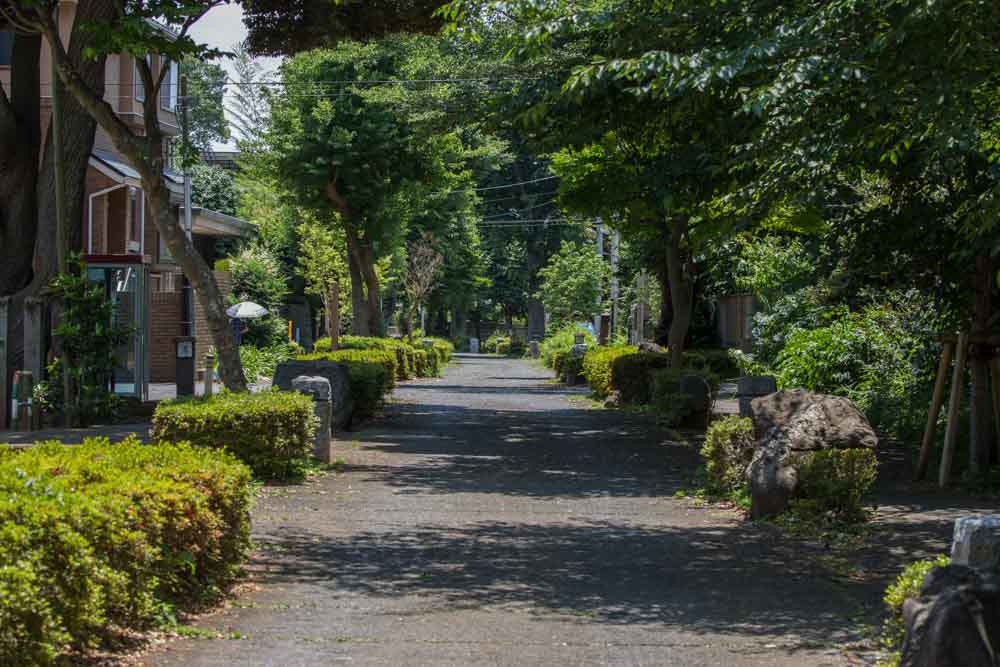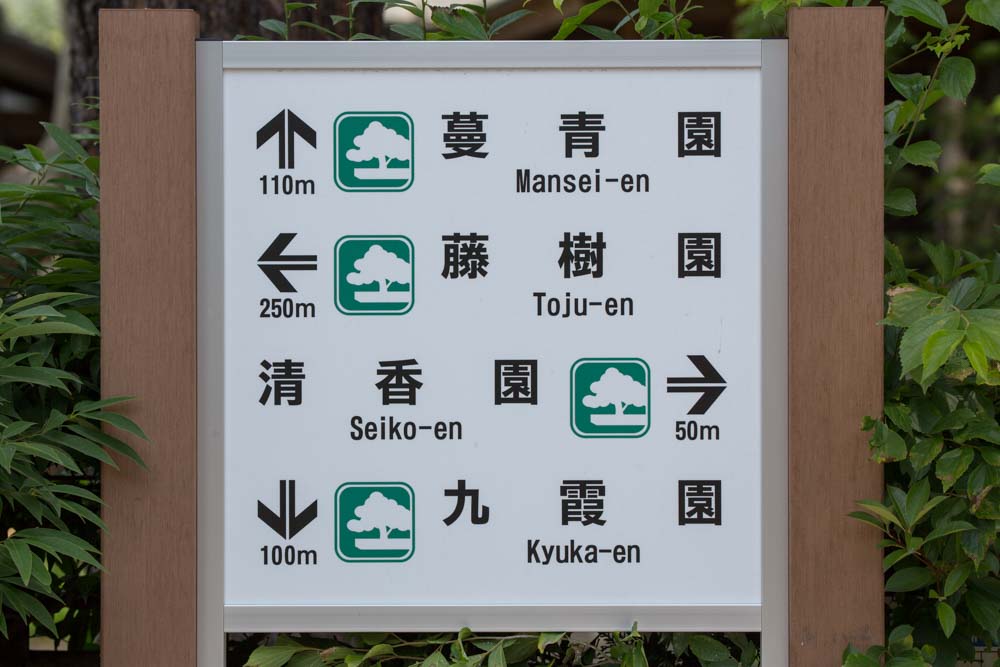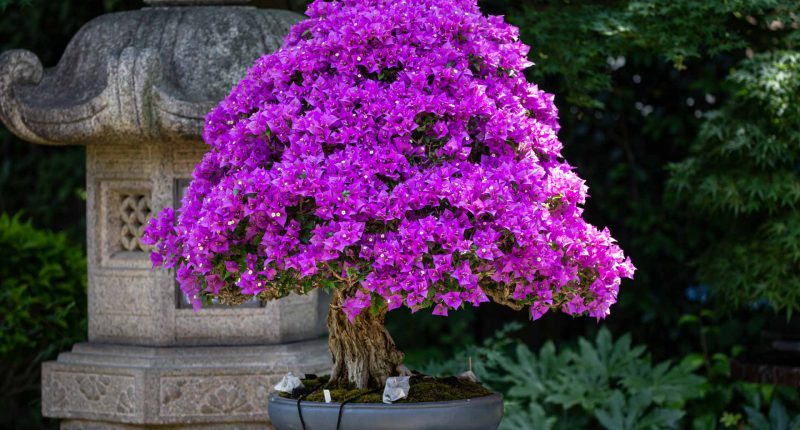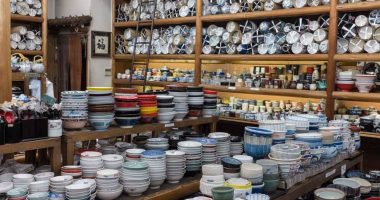Omiya Bonsai Village (大宮盆栽村, Ōmiya Bonsaimura) is a small bonsai nursery precinct in Bonsaicho in Saitama started by a group of professional bonsai gardeners in Tokyo during the 1920s. Spurred on by the destruction wrought on the capital by the 1923 Great Kanto Earthquake, they clubbed together and established the village in 1925 as a self-governed community, and set four rules by which anyone wishing to open a garden in the village must abide.
- Possession of 10 or more bonsai
- Gardens must be open to the public
- No two-story houses
- The use of hedges as fencing
The village was given an international publicity boost in 1989 when the first World Bonsai Convention was held in Omiya City (now Saitama City). It attracted 1,200 visitors from 32 countries and has since become the Olympics of the bonsai world: held every four years with a different country hosting each time. The convention returned to Saitama City in April 2017 after 28 years.

During its heyday the village was home to around thirty private bonsai gardens. That number has since dwindled to six, but with each garden containing hundreds of bonsai, as well as the opening in 2010 of the beautiful Omiya Bonsai Art Museum, there is more than enough to please even the most avid enthusiast.

In keeping with the founding rules, all gardens are open to the public and bonsai of all different shapes, sizes, and styles are laid out in rows on wooden tables for all to see. A couple of the gardens also run workshops and take full-time apprentices; these are private businesses rather than landscaped bonsai exhibitions (but you could be forgiven for thinking otherwise). Some of the bonsai are for sale and if you look closely you will often see small, unobtrusive price tags sticking out from the soil.

Each garden has a very different atmosphere and layout—from the back-garden feel of Kyuka-en to the homeliness of Fuyo-en—so it’s definitely worth visiting them all (each garden is no more than a couple of minutes walk from the next, anyway). Moreover, there’s every chance you’ll catch a glimpse of the bonsai professionals shaping and trimming their works of art.

The village is located in between Toro Station and Omiyakoen Station. While Omiyakoen Station is closer to the gardens, I would recommend getting off at Toro Station (which is on the Shonan-Shinjuku Line) and heading to the Omiya Bonsai Art Museum first. The museum is the world’s first public museum dedicated to bonsai and contains 120 masterpieces, but it is the superb explanations (in both Japanese and natural English) that make the museum a must-do before you head to the gardens. The interior section provides an excellent foray into the bonsai world, teaching you the basics about the different styles of bonsai and what to observe to fully appreciate their beauty. Unfortunately, photography is prohibited in most areas, but they do have a section outside with ten or so bonsai where you can freely snap away.

Despite the fact that Omiya Bonsai Village is just 45 minutes on the train from Shibuya, it is far from a buzzing tourist attraction. I heard of it only because I happened to watch a television program where foreigners living in Japan introduced “hidden” attractions to Japanese, and it doesn’t seem to get much mention in the guidebooks. But walking through the peaceful suburban streets of the village as you make your way around the six gardens is the perfect day trip from the capital—and for any nature lover truly unmissable. Note that the museum and gardens are closed on Thursdays.
There is also Japan’s first manga museum (Saitama Municipal Cartoon Art Museum) and the House of the Four Seasons (a traditional Japanese building that serves as a community rest house) in the vicinity.




